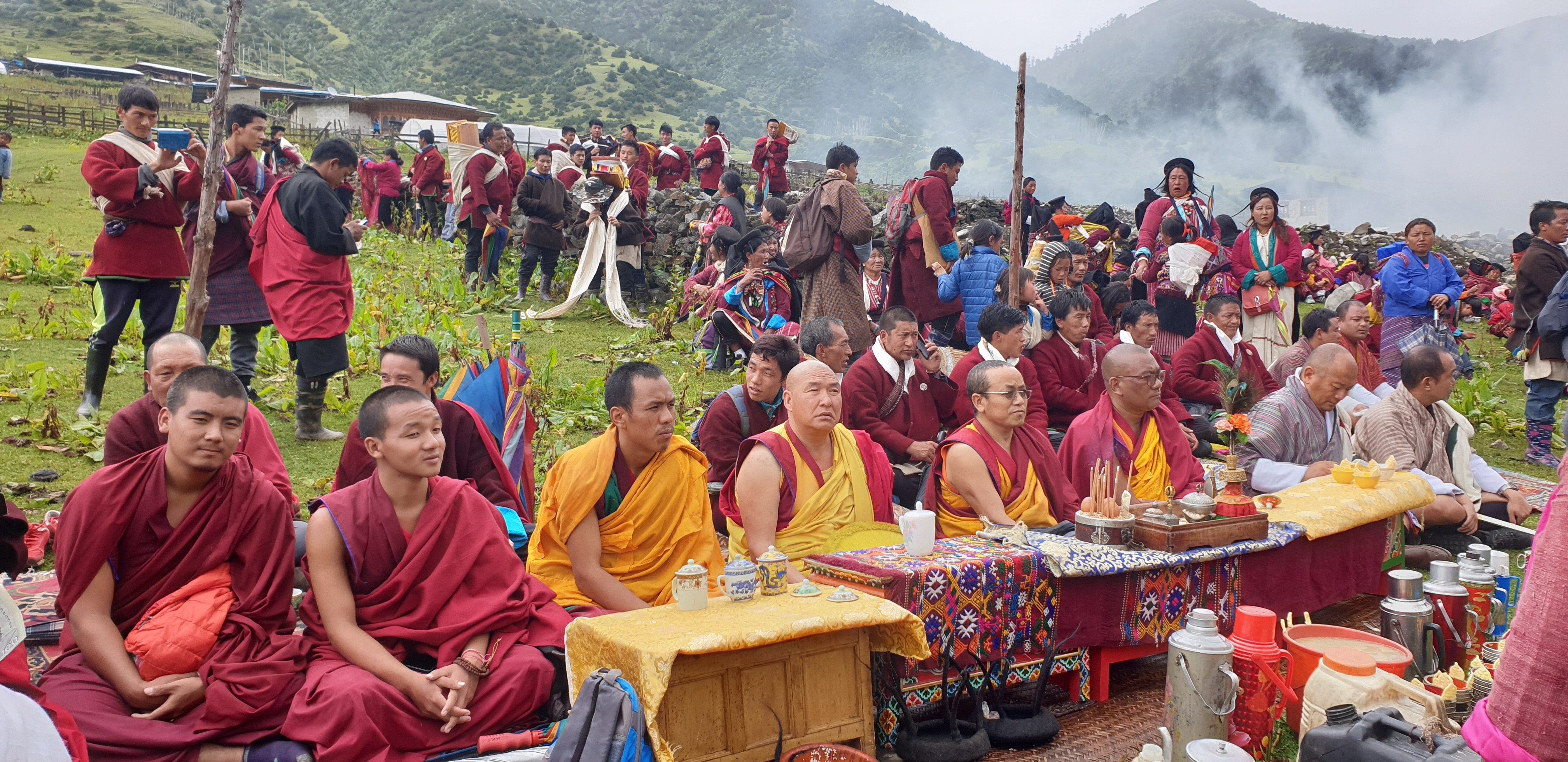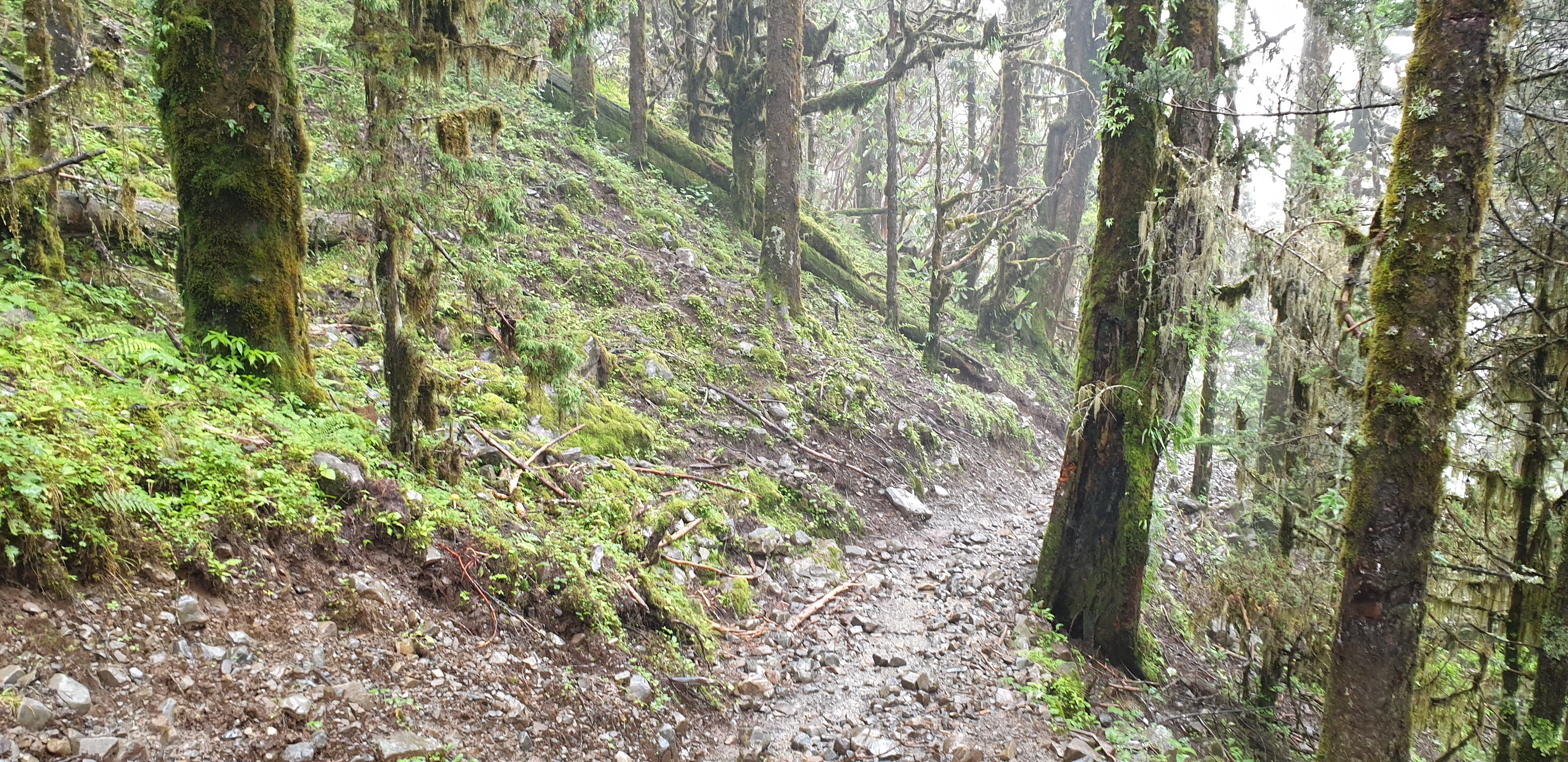We are gradually seeing the opening up of South Asia and easing of travel restrictions for the visitors. Nepal has just opened its doors for the tourists, Sri Lanka is already open (except for the South American and South African countries) and the Government of India is contemplating opening up for the tourists as well. With these positive developments on ground, we are once again ready to welcome your esteemed clients into the Indian Subcontinent.
take you on an amazing journey through the ‘Land of the Thunder Dragon – Bhutan’. Undeniably, it is one of the world's most beautiful yet mysterious places. Peace, calmness, and satisfaction are the virtue of people living here, making one wonder if it is really a part of the world we live in. When one thinks about Bhutan, generally the more famed places like Paro, Thimpu or Punakha, in western Bhutan, comes to mind.

But there is much more to explore in Bhutan that constitutes the untrodden areas of ‘Central and Eastern Bhutan’. Home to some of the most picturesque landscape, remote and isolated valleys, lofty mountains and meandering rivers, and many local ethnic groups, this area is least developed with rugged roads and fewer visitors. But due to its old world charm and with the natives still following the good old means as their ancestors, it is definitely worth to explore.
TAKE A PEEP INTO THE MESMERIZING REGION OF CENTRAL AND EASTERN BHUTAN:
TRONGSA
Bhutan was unified by a man named Shabdrung Ngawang Namgeyl. It was in Trongsa that Shabdrung's great grandfather built the first monastery of Bhutan in 1543. The historically significant town of Trongsa is located in Central Bhutan and was the seat of rulers of the Wangchuk Dynasty who have ruled over Central and Eastern Bhutan. This dynasty is still in power as they started ruling as Kings of Bhutan from 1907 onwards.
Trongsa Dzong, the seat of Wangchuk Dynasty rulers, will reward one with stunning views due to its enviable position. Do visit the watchtower of the Dzong, now converted into a beautiful museum dedicated to the Wangchuk Dynasty, to know more about the history of Bhutan.
BUMTHANG
Bumthang is where Buddhism was first introduced in Bhutan and consists of four central valleys – Ura, Chumey, Tang and Chokhor.
Chokhar is referred to as Bumthang valley. Known as the religious hub of the kingdom, Bumthang valley has a lot to offer in terms of Buddhism. It is believed that in Bumthang, Guru Rimpoche cured the local king who was under the influence of an evil spirit. On seeing their king being healed by the holy man, the local people, including the king, embraced Buddhism.
Along with some of the most revered monasteries, this region is rich in nature and offers numerous opportunities for avid hikers and trekkers around its valleys. While here, one should not miss a visit to Jambay Lhakhang.
Jambay Lhakhang
The legend has it that the Tibetan King Songtsen Gampo built a chain of 108 temples simultaneously to subdue an evil demoness that lay over the Himalayan region. Jambay Lhakhang temple is one of those 108 temples and it is one of the oldest Lhakhang in the entire kingdom of Bhutan. The main attraction here is the relic of the future Buddha, Jowa Jampa. The visit to Bumthang can be planned with Jambay Lhakhang drup (festival) as one will be able to witness spectacular dances and monastic ceremonies. The festival is celebrated in honour of Guru Rinpoche, who introduced Buddhism to Bhutan and to commemorate the establishment of the temple in the 8th century
TRASHIGANG
Perched on a cliff overlooking Dangme Chuu (river), it is amongst the most important eastern town of the kingdom of Bhutan. It serves as a base for exploring nearby places like Trashiyangtse, Merak and Sakteng.
Visit the Trashigang Dzong or 'The Fortress of the Auspicious Hill', the idea of which was conceived by Zhabdrung Ngawang Namgyel. Enjoy an excursion to Gom Kora temple. It is one of the most famous places where Guru Rinpoche meditated to subdue a demon that dwelt in a vast black rock here.
Visit the "Rice Bowl of the East" in the kingdom of Bhutan, 'Radhi Village'. The village, with its fertile land, produces rice and supplies it to the entire eastern Bhutan. The village is also famous for its delicate raw silk fabrics, or bura textiles weaved using traditional looms. Ranjung Woesel Choeling monastery, which is home to Buddhist nuns engaged in religious practices, is also worth visiting here.
VISIT MERAK AND SAKTENG VILLAGES – THE LAND OF BROKPAS
Take an excursion to the villages of Merak and Sakteng to experience the semi-nomadic lifestyle of the local people known as 'The Brokpas'. Their houses are mainly one-storied and built of stones with tiny windows. They keep on migrating along with their yaks with the change in seasons. Believed to have migrated from Tibet to Bhutan, the Brokpas still engage in the barter system, trading cheese, butter and dried meat for grains and other goods that are not readily available to them.

Both Merak and Sakteng valleys fall within the Sakteng Wildlife Sanctuary, which was primarily set up to protect the elusive Migoi, or yeti, which is historically rooted in the belief system of the Brokpas and an intrinsic part of their worship and ritual practices. The wildlife in Merak-Sakteng forests includes snow leopard, red panda, Himalayan black bear, barking deer, Himalayan red fox and the hoary-bellied Himalayan squirrel. The Merak and Sakteng highlands also possess a wide variety of bird species.

Lying deep in the eastern Himalayas, Bhutan is an otherworldly experience. Come and unravel the secrets of mysterious land with us! We, at ISE Travel, are all about the handcrafted tours, memories, and moments you take out of your trip, and believe us, this escapade will be a life-changing one!
 +65 9732 5692
+65 9732 5692  info@isetravel.com
info@isetravel.com  Search
Search